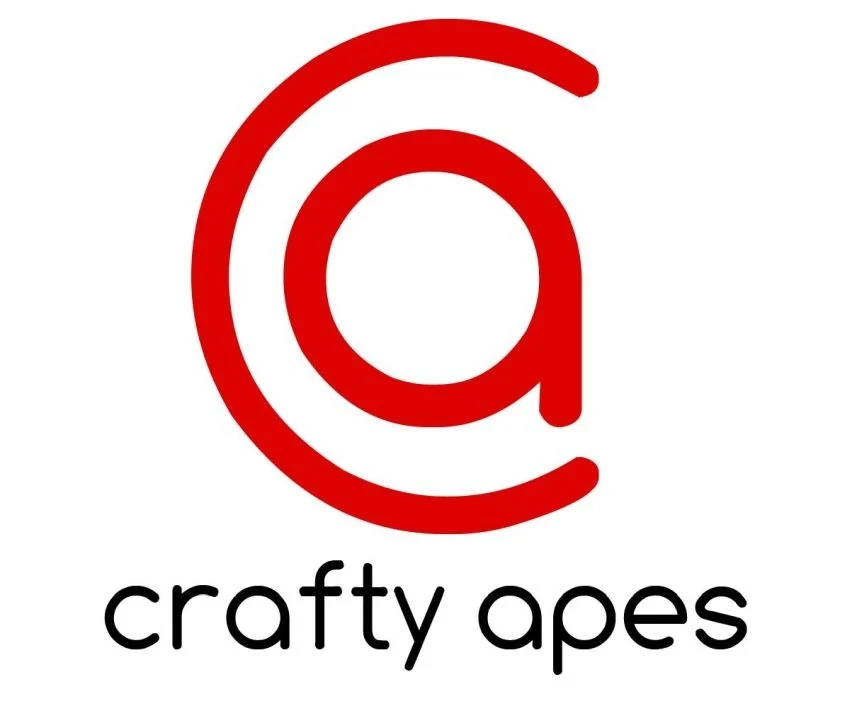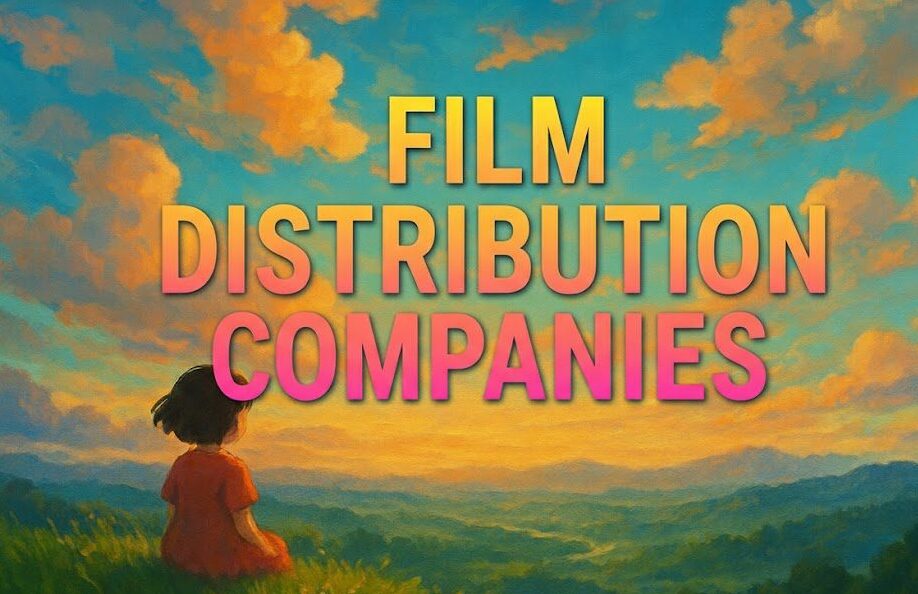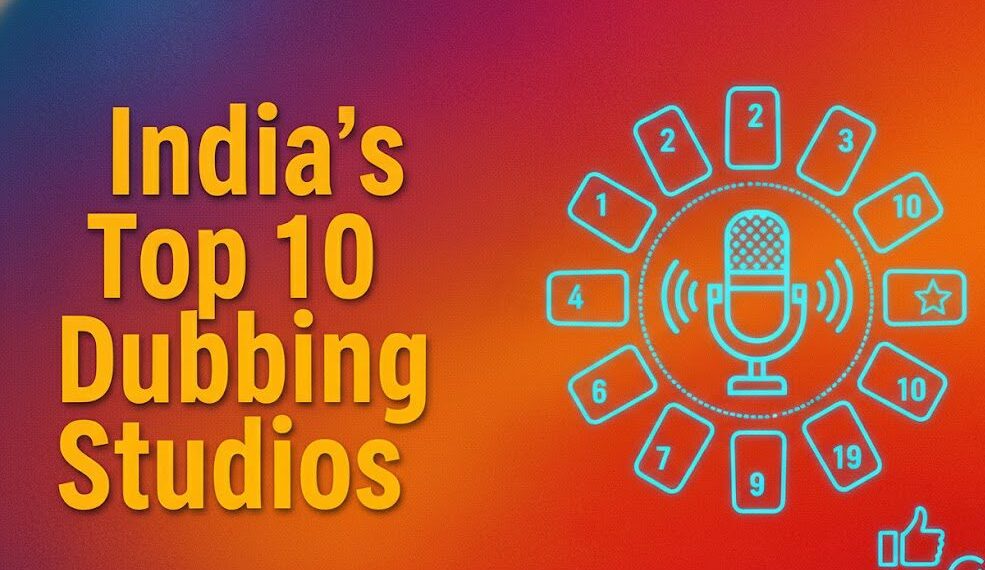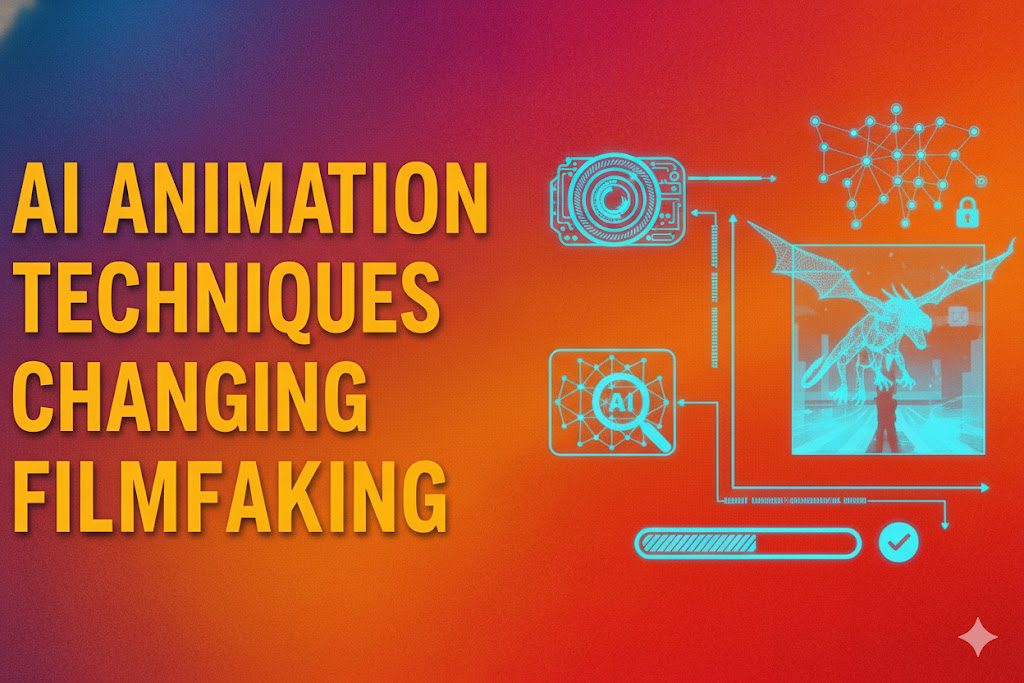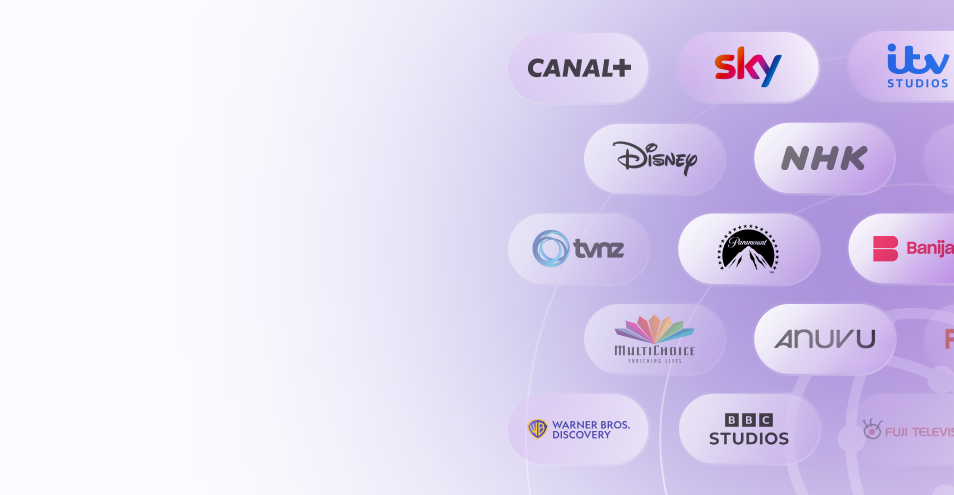Introduction
So, you’ve poured your heart, soul, and budget into creating an amazing film, series, or documentary. Now comes the hard part, right? Figuring out how to sell content to TV channels.
It feels like a black box. Who do you talk to? What do they want?
How do you even get your foot in the door? Trust me, I get it. The global content market is massive, with broadcasters and streamers spending over $240 billion on content. The opportunity is huge, but so is the competition. You’re not just selling a show; you’re selling a business solution to a network.
But here’s the good news. It’s not about luck. It’s about a process. In this post, I’m going to walk you through a proven 5-step strategy to get your content in front of the right buyers and close the deal. No fluff, just actionable steps you can start using today.
Table of content
Key Takeaways
| Key Takeaway | Actionable Insight |
|---|---|
| Package Your Content | Create a professional press kit with a poster, synopsis, trailer, and screener link. This is your first impression. |
| Target Precisely | Don’t spray and pray. Research channels whose brand, audience, and programming gaps align perfectly with your content. |
| Find the Buyer | Identify the specific acquisition executives or content buyers for your genre. A generic email is a dead end. |
| Personalize Your Pitch | Your email pitch must be short, personalized, and solve a problem for the buyer. Show them you’ve done your homework. |
| Use a Central Hub | Leverage platforms to track contacts, deals, and market trends to stay organized and ahead of the curve. |
Stop pitching into the dark.

Step 1: Prepare Your “Sales-Ready” Content Package
Before you even think about sending an email, you need to have your house in order. A buyer won’t take you seriously if you look like an amateur. Your goal is to make it incredibly easy for them to say “yes.”
This means creating a professional and easily accessible Electronic Press Kit (EPK). What’s in it?
- A Killer Poster: Professional, high-resolution artwork that grabs attention and communicates the genre and tone instantly.
- A Compelling Synopsis: Not just a summary. A short, punchy logline and a slightly longer (one-paragraph) synopsis that hooks the reader.
- An Engaging Trailer: A 60-90 second trailer is perfect. It should showcase the production value, story, and emotional core of your content.
- A Secure Screener Link: The full content, hosted on a secure platform like Vimeo with a password. Never send a raw file.
- Key Cast and Crew Info: A list of the main talent involved. If you have any recognizable names, highlight them.
Think of this package as your product’s packaging. If it looks cheap or thrown together, buyers will assume the content is too.
Step 2: Research and Identify the Right TV Channels
Stop sending your content everywhere. It’s the single biggest mistake producers and sales agents make. Sending your gritty crime drama to a family-friendly channel is a waste of everyone’s time.
You need to become a matchmaker. Your job is to find the perfect home for your content. How?
First, analyze their programming. Watch the channel. What shows do they air? What’s the tone? Who is their target demographic? If your documentary is about ancient history, a channel focused on science and technology is a better fit than one focused on reality TV.
Second, look for programming gaps. Are they missing a certain type of show that their competitors have? Your content could be the solution. Frame your pitch around filling that need. For example: “I noticed you have a strong slate of procedural dramas but no serialized thrillers. My new series could fill that gap for your audience.”
This research is your secret weapon. It shows the buyer you’re a professional partner, not just another seller blasting out emails.
Step 3: Find the Real Decision-Makers (The Buyers)
Okay, you’ve found the perfect channel. Now, who do you contact? Sending your pitch to a generic info@ email address is like throwing it into a black hole.
You need to find the Acquisition Executive, Content Buyer, or Head of Programming for your specific genre. Their titles might vary, but their role is the same: they are responsible for finding and buying content.
Where to find them:
- Industry Databases: This is the most efficient way. Platforms built for the media industry often have curated databases of executives and the companies they work for.
- LinkedIn: Search for the channel’s name plus titles like “Content Acquisition.” Look at their profiles to understand their background and what they’ve acquired in the past.
- Trade Shows and Markets: Events like MIPCOM or AFM are built for this. But even if you can’t attend, you can see which companies and executives are participating.
Finding the right person is more than half the battle. A personalized pitch to the right inbox is 100x more effective than 1,000 emails to the wrong one.
Ready to turn your content into revenue?

Step 4: Craft a Pitch They Can’t Ignore
Buyers are busy. They get hundreds of pitches a week. Yours needs to stand out. The key is to be clear, concise, and confident.
Your initial email should be short. Do not write a novel.
The Perfect Pitch Email Structure:
- A Personalized Subject Line: Mention their channel and your content’s genre. Example: “Pitch: Sci-Fi Series for [Channel Name]’s Audience”
- A Quick, Personal Intro: Show you did your research. “Hi [Buyer’s Name], I’ve been following [Channel Name]’s push into young adult content and was impressed by [Similar Show].”
- The Hook: Your one-sentence logline. Make it punchy.
- The Core Info: Briefly mention the format (e.g., 6 x 1-hour series), genre, and what makes it unique. Link to your trailer.
- The Call to Action: Make it clear what you want. “The full series is available to screen. Would you be open to reviewing the EPK and screener link?”
That’s it. Your only goal with the first email is to get them interested enough to click the trailer and ask for the screener. Save the details for the follow-up.
Step 5: Navigate the Follow-Up and Negotiation
You sent the pitch. Now what? Don’t just sit and wait. If you don’t hear back in a week, send a polite follow-up. A simple, “Just wanted to bring this to the top of your inbox” is often enough.
Once a buyer is interested, the real work begins. Be prepared to discuss:
- License Term: How long will they have the rights to the content? (e.g., 2 years)
- Territory: Which countries or regions are included in the deal?
- Exclusivity: Will they be the only channel in that territory to have the content?
- License Fee: The price for the rights. Be prepared to justify your price based on production value, cast, and market comparables.
This is where having data on similar deals is invaluable. Knowing what other shows in your genre have sold for gives you a massive advantage in any negotiation.
How Vitrina Streamlines Your Sales
Feeling overwhelmed? You don’t have to be. This entire process, from discovery to deal-making,
is exactly what modern platforms are built to solve. Instead of spending months manually searching and tracking, you can use a centralized hub. Vitrina’s B2B marketplace is designed for this. It gives you access to a global database of buyers, ongoing projects, and content acquisition trends.
You can use the Project Tracker to see what’s in development or use the core solution to identify and connect with the right acquisition partners, cutting your research time from weeks to minutes. It transforms a chaotic process into a data-driven sales strategy.
Conclusion
You now have the framework to sell content to TV channels anywhere in the world. It’s not magic; it’s a repeatable process. It requires preparation, research, and persistence.
Stop guessing and start selling strategically. Take the first step, prepare your professional package, and begin your targeted research today.
What’s the first strategy you’re going to try? Let me know in the comments.
Take Control of Your Distribution Strategy
Don’t let your content sit on a hard drive. Turn your creative asset into a commercial success. If you’re ready to get serious about finding buyers and closing deals faster, then take the next step. Sign up for Vitrina and get the data and contacts you need to succeed.
Frequently Asked Questions
While an experienced sales agent can be incredibly valuable due to their relationships, it’s not strictly necessary. If you follow a strategic process, do your research, and present your content professionally, you can successfully sell directly to buyers.
It varies greatly. They might buy exclusive broadcast rights for a specific country, non-exclusive VOD (Video on Demand) rights for a region, or a bundle of rights. Pay close attention to the terms of the deal.
Pricing depends on many factors: production budget and quality, cast, genre, the length of the license term, and the exclusivity. Researching comparable sales (what similar content sold for) is the best way to set a realistic price. This is where market data is critical.
They are very important for networking and deal-making. However, they are also expensive. In today’s digital world, you can achieve similar results by using online platforms and databases to connect with the same buyers who attend these markets, often more efficiently.



